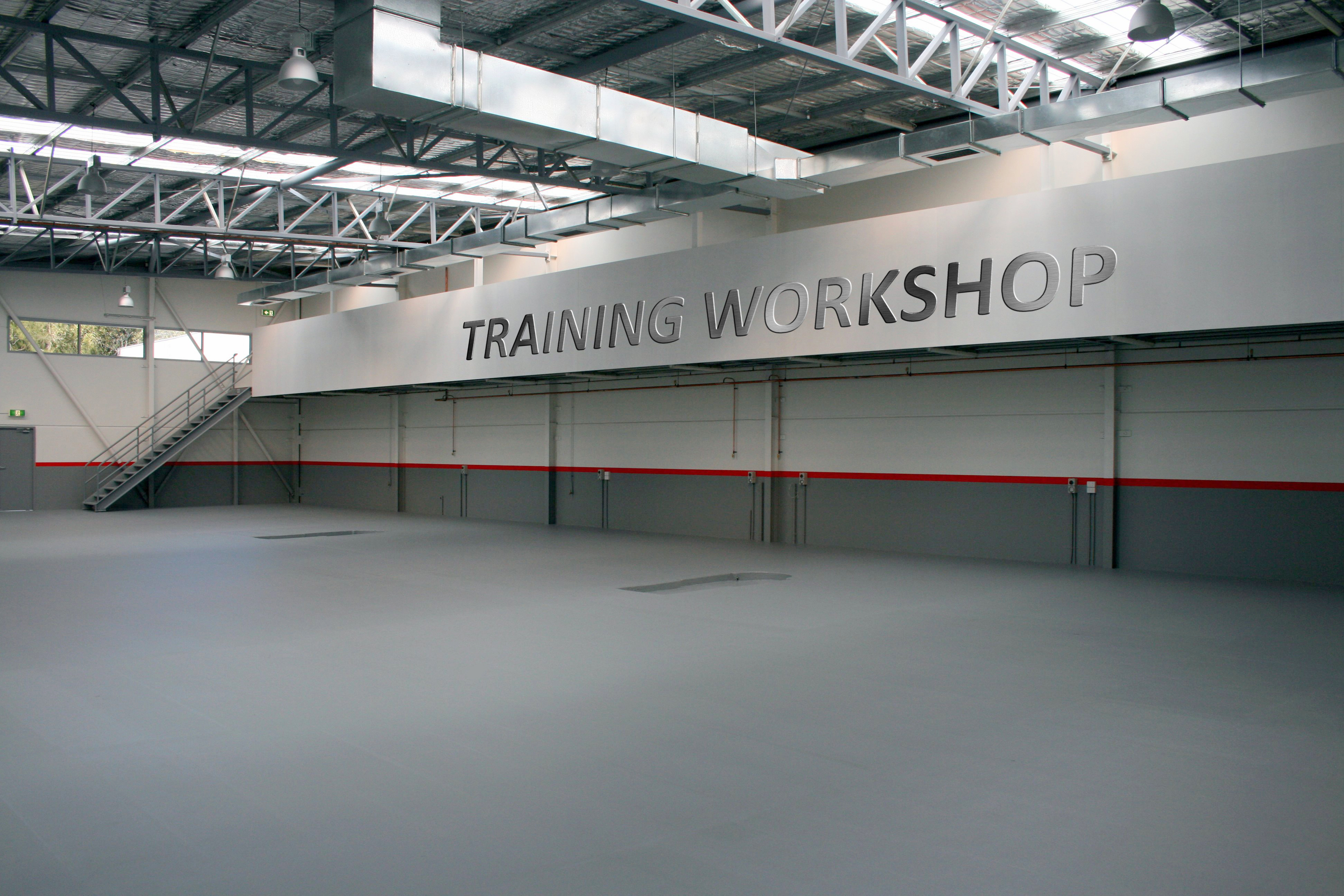
The recoat window is the time period where a previous coating application can receive an intermediate coat or a topcoat at a referenced temperature and humidity. When the recoat window has been exceeded, the coating surface may require further surface preparation for which most manufacturer’s recommend controlled abrading of the surface or a solvent wipe or both. Recoat windows vary widely, from a few minutes to a month or longer, depending on the type of coating. If temperature and humidity are not shown or are outside the listed values on the manufacturer’s instructions, the coating manufacturer should be consulted.
Recoat windows can vary greatly with product type.
In general as we see it, recoat window limitations are designed to safeguard against:
1. Contamination of the prior coat – minimise the time available for any contamination to actually occur
2. Possible chemical “ageing” of the prior coat that can reduce the surface energy of the coating to a point where subsequent coating applications will not adequately adhere. This ageing is generally more prevalent in external application and during periods of higher temperatures, especially with novolac epoxies.
3. Possible physical disruption of a prior coat by the application process itself can which can disrupt the application thickness or finish of the prior coat.
4. Undesirable chemical interactions or solvating effects between a subsequent coating and a prior coating.
CATEGORIES

Knowledge value at your fingertips
SIGNUP NOW
Signup to the Knowledge Centre.
